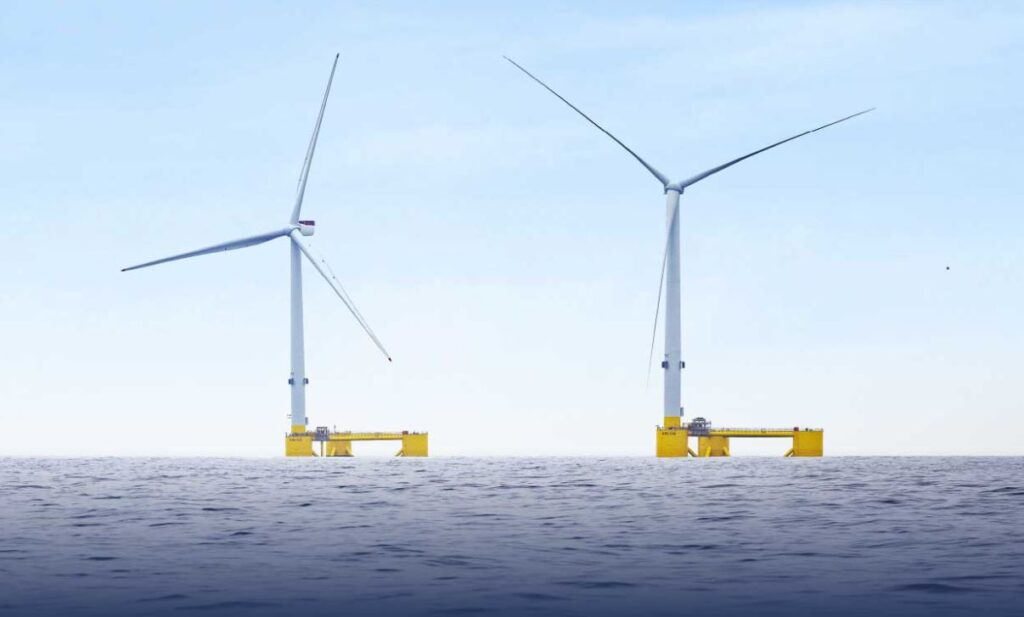White Cross Offshore Windfarm Limited, a joint venture between Cobra and Flotation Energy, has submitted further environmental information for its 100 MW floating wind project in the Celtic Sea.
The developer is seeking consent from North Devon Council and the Marine Management Organisation (MMO) to construct and operate the wind farm and connect it to the grid.
Earlier this year, North Devon Council requested additional environmental information to consider White Cross’ planning application, following consultations in 2023.
The latest data includes findings from new ecological surveys and assessments, as well as additional evaluations and reports on the cable route and landfall areas.
It also features an updated programme of works and methodology covering public safety, car park and traffic considerations, and landfall construction. Independent reviews of the site selection assessments for the project’s landfall point, cable corridor, and substation site are also included.
The wind farm cabling will make landfall at the northern end of Saunton Sands beach near the car park. The connection will be via underground cabling running under the golf course, then turning south under the Taw Estuary and connecting to the grid at East Yelland.
“Taking care of the environment around Saunton Sands, Braunton and East Yelland is a top priority for us. We want to be transparent about our plans and work with the community while connecting the turbines to the grid. Providing this updated information is the latest stage of that process, and we hope it will enable North Devon Council and the Marine Management Organisation to make an informed decision,” said Al Rayner, White Cross project director.
The proposed wind farm, located 52 kilometers off the North Devon coast, will feature six to eight floating wind turbines. Once operational, it will generate enough renewable energy to power around 135,000 households.
Follow offshoreWIND.biz on:
Original Story at www.offshorewind.biz
